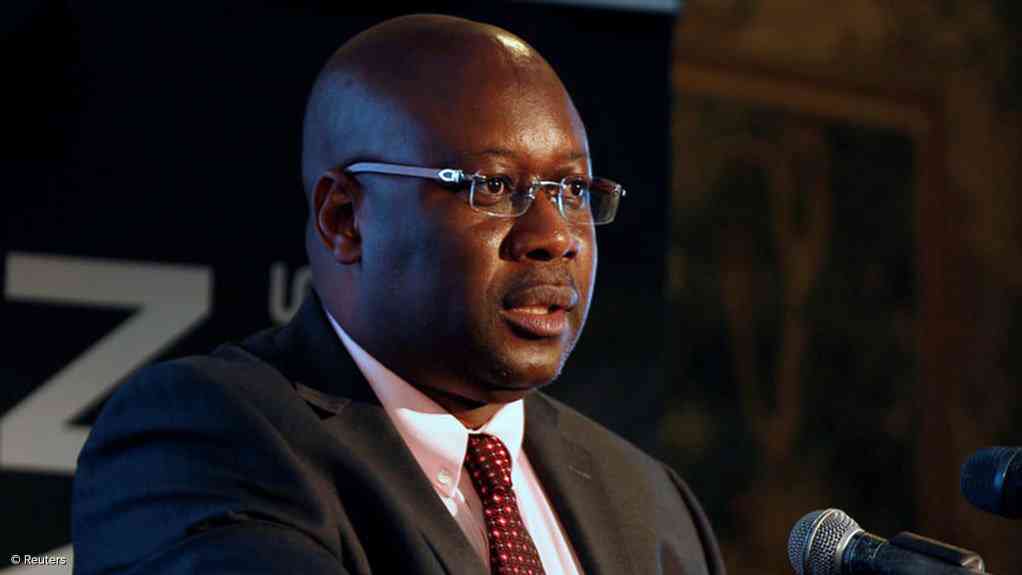
THE government has announced plans to invest in several gemstone lapidaries across major trading centres starting with the Minerals Marketing Corporation of Zimbabwe (MMCZ) as part of ambitions to turn the sector into a US$1-billion industry by 2030.
This is despite the industry failing to have a steady supply to the market with 1 918 kg worth US$79 529 exported in 2019 before slipping to 1 523 kg valued at US$25 036 in 2020. Lapidary relates to stone and gems and the work involved in engraving, cutting, or polishing them.
Exports slid further in volume terms to 1 386 kg in 2021, but values shot up about eight times to US$215 000 in 2020. This remains a far cry from the US$1 billion targetM MCZ executive Gay Mandara, while addressing the skills development conference for the gemology sector, recently said the mooted initiative will be housed under the MMCZ and is part of value-addition efforts to transform the gemstone industry.
A Gemstones Marketing Framework is also on the cards with a view to formalising the marketing of coloured gemstones and bringing inclusivity of small-scale miners into revenue generation for the country.
Mandara added that the lapidary would offer facilities for cutting and polishing gemstones while providing platforms for training young Zimbabweans.
“In the end, we hope to see more cutting and polishing centres for gemstones, research hubs in tertiary institutions and technologies in cutting and polishing of coloured gemstones,” Mandara said.
Giving an update on the state of the industry, Mandara said global demand for coloured gemstones is expected to rise every year by 4,4% from 2020 to 2026 with a strong appetite for jewellery and gemstones mostly coming from Europe, Asia and America. Improved technology, she said, is allowing customised designs and there is growing interest in rare stones.
Gemstone mining in Zimbabwe is dominated by small-scale artisanal miners, resulting in inconsistent supplies.
- Smuggling of gems bleeding Zim’s economy
- Mbavara eyes to resurrect Matavire’s music legacy
- Smuggling of gems bleeding Zim’s economy
- News in depth: British investor digs in over Marange diamond concession saga
Keep Reading
“It is not viable for MMCZ to consign small parcels, difficult to make product guarantees due to inconsistent supply and most good quality stones which are sought after are sold to informal traders,” Mandara said.
Miners sell gemstones to informal traders from countries such as China, the Democratic Republic of Congo, Mozambique, Pakistan and India due to the absence of mining licences, export permits and other export-related documentation.
Zimbabwe mainly exports gemstones to Hong Kong (amethyst, emerald); India (aquamarine, emerald); Thailand (aquamarine) as well as Germany and the US.
The latest development comes after natural resource watchdog, the Centre for Natural Resource Governance (CNRG) in July warned that lack of political will among Zimbabwean authorities to impose accountability and transparency in the mining industry has cost the economy hundreds of millions in United States dollars annually.
According to CNRG, about 36 different types of coloured gemstones are smuggled out of the country.
Dealers, who collude with law enforcement, and regulators and are often backed by political heavyweights with licences and connections, are part of a syndicate behind the opaque trade of gemstones which normally end up in Asia, according to CNRG in its research titled “The Political Economy of the Illicit Coloured Gemstone Industry in Zimbabwe”. “Artisanal miners, who dig for the stones, have little knowledge of the grading of the stones.
Valuing requires expertise, and this is lacking among the people who pick these stones.
Buyers exploit those who pick these stones by buying at very low prices, for instance, US$3 per kg of aquamarine.
“Some buyers offer US$500 for a cupful of gemstones. One key informant revealed that once there was a coloured gemstone which was bought for US$50 in Karoi and resold for US$12 000 in Mozambique,”
CNRG said in the report. CNRG said Zimbabwe is losing US$1,8 billion through illicit financial flows in the mineral sector annually yet it depends on donor aid amounting to US$8 billion each year.










